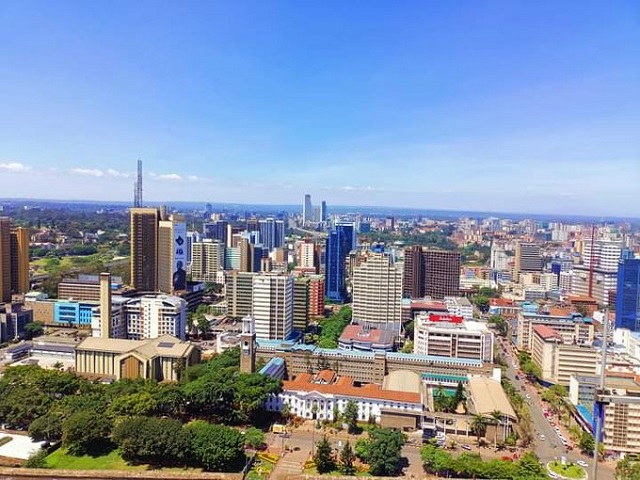Kenya’s economy recorded a 4.0 per cent growth in the third quarter of 2024, down from 6.0 per cent in the same period of 2023, according to the Kenya National Bureau of Statistics (KNBS).
The slower growth was attributed to contractions in key sectors, including construction, which shrank by 2.0 per cent, and mining and quarrying, which posted an 11.1 per cent decline.
Despite these setbacks, agriculture, forestry, and fishing grew by 4.2 per cent, supported by increased sugarcane and milk production. Transportation and storage expanded by 5.2 per cent, driven by higher port throughput and diesel consumption.
The accommodation and food services sector posted a 13.7 per cent increase, buoyed by a rise in visitor arrivals. Inflation eased to 4.08 per cent in the third quarter of 2024, down from 6.93 per cent a year earlier, thanks to lower food and beverage prices.
The Kenyan shilling (KSh) strengthened against major currencies, gaining 10.1 per cent against the dollar and 9.3 per cent against the euro, while depreciating against the Japanese yen and South African rand.
The manufacturing sector grew by 2.3 per cent, supported by food production, including a significant rise in sugar output. Electricity and water supply activities saw growth decelerate to 0.9 per cent, with a decline in geothermal, wind, and solar power generation.
The NSE 20 Share Index rose by 17.8 per cent year-on-year (YoY) to 1,776 points, despite a 21 per cent drop in traded shares. Broad money supply increased by 2.6 per cent to KSh 5.99 trillion, while the current account deficit narrowed slightly to KSh 139.2 billion.
KNBS highlighted mixed trends across sectors, reflecting both resilience and challenges in Kenya’s economic landscape.
Attribution: Amwal Al Ghad English
Subediting: Y.Yasser



